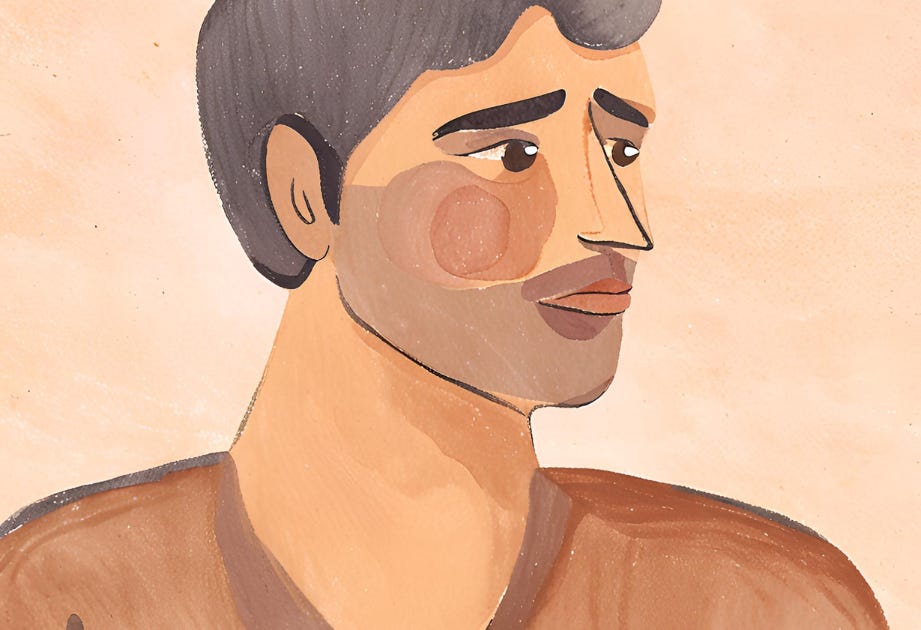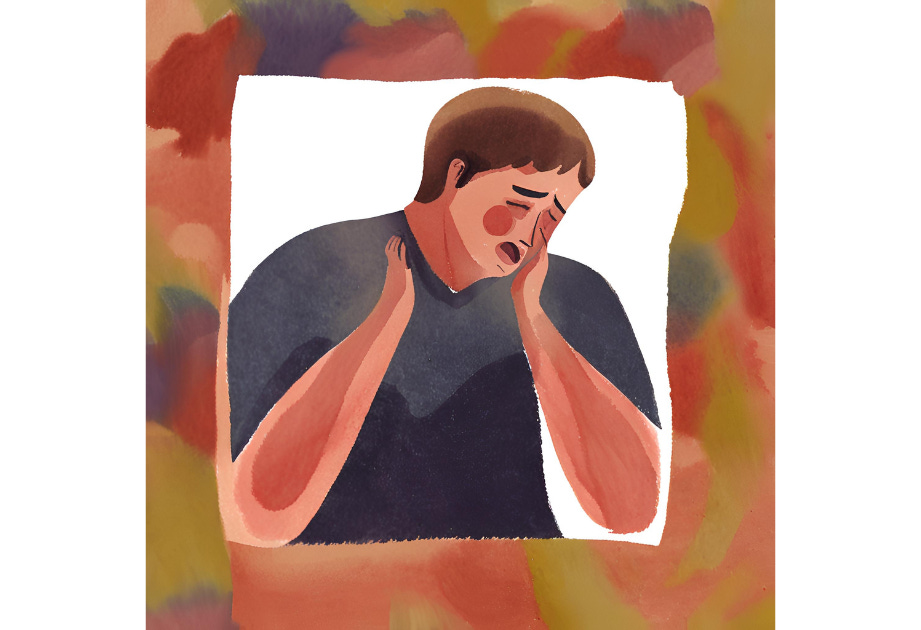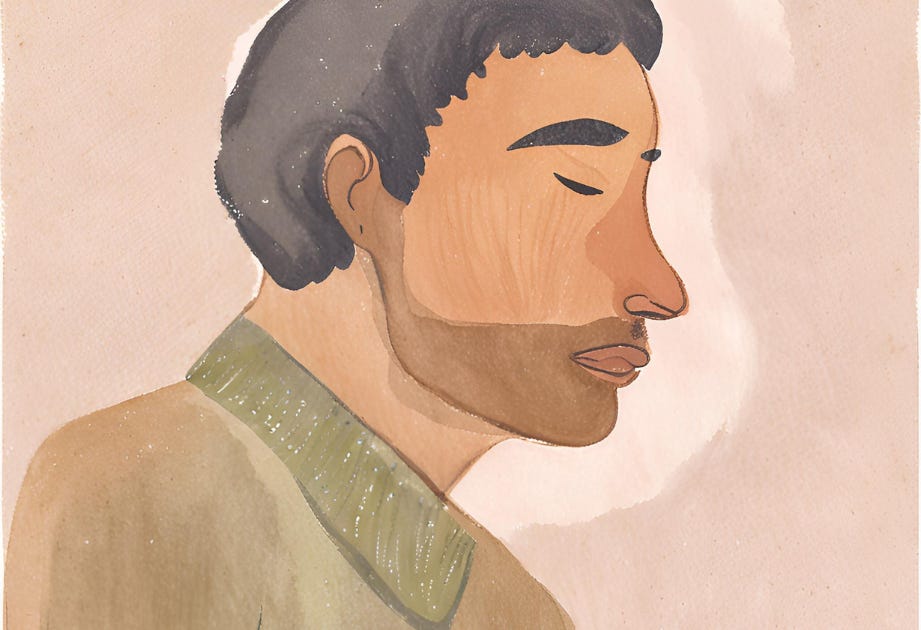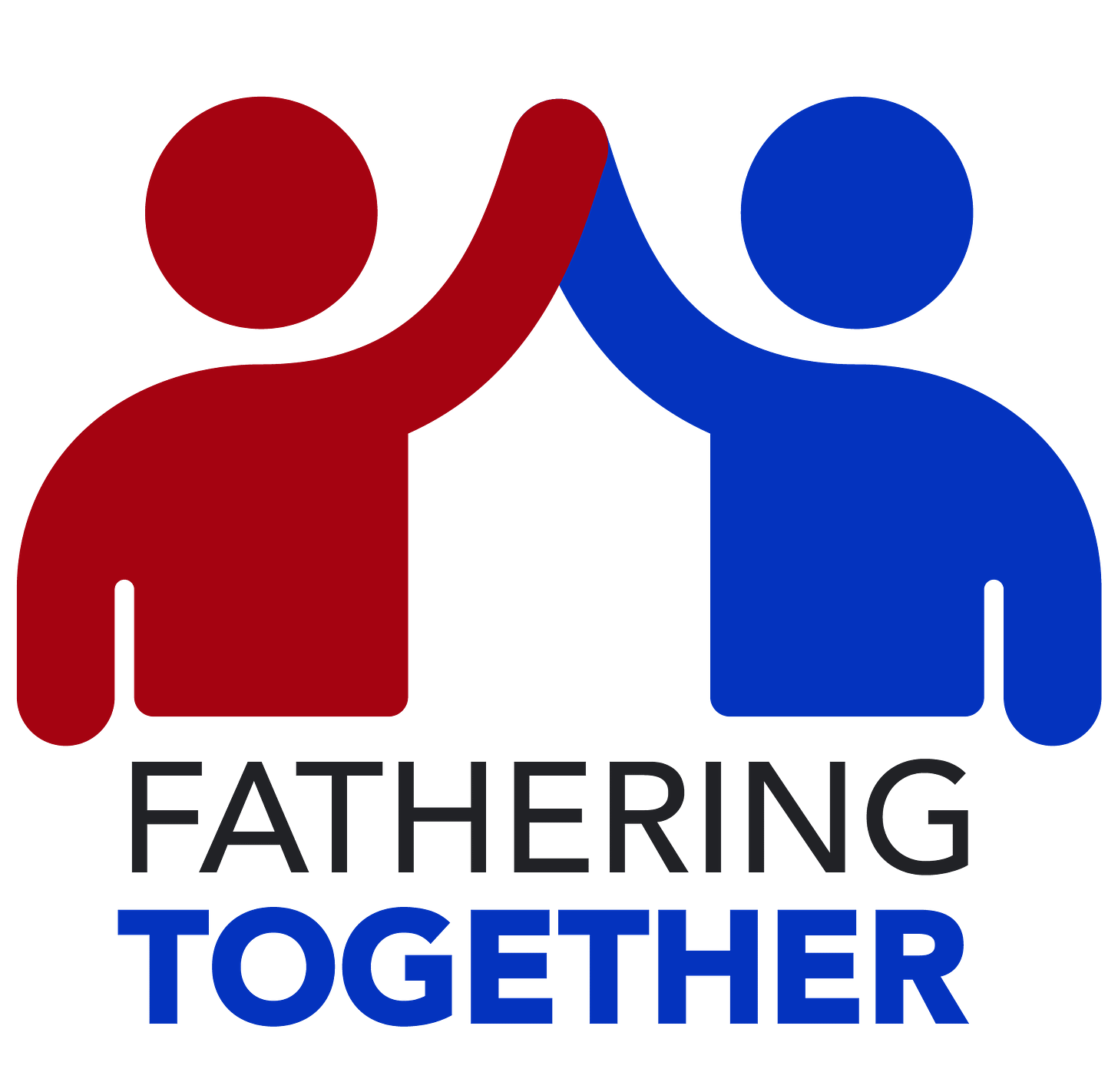I Never Cried, Until It Brought Me Peace
If crying is like a train, what is at the final stop? Inner peace.
Throughout my childhood and adolescence, I was discouraged from crying. It was considered a sign of weakness. However, as an adult, as a response to traditional masculinity, I have heard it said time and again: it’s important to cry.
Intellectually, I agreed with this sentiment. Expressing one’s emotions and allowing oneself to cry is healthier than suppressing them. However, emotionally, I felt confused. I simply didn’t feel the need to cry.
My female friends often spoke about crying as a regular part of their lives, and I found myself wondering: what did that look like? Were they frequently overwhelmed with tears? Did crying mean shedding a single tear or full-on sobbing?
On occasions when I felt overwhelmed, crying didn’t come to mind. Had years of suppressing any urge to cry conditioned my body to automatically stifle feelings of sadness, stress, and other emotions?
On the rare occasions that I felt a tear arising, I initially felt weak. The possible loss of my usual composure unsettled me.
One day, however, something changed. The tears started to bubble up, and instead of stifling them, I let them flow. I was curious to see where this emotional journey would take me. It felt like being on a fast-moving train; instead of jumping off as I usually would, I stayed on, eager to see the destination.
Would this destination bring me chaos, embarrassment, and loss of control? Surprisingly, it was the opposite. After allowing myself to cry and reaching the journey’s end, I found inner peace. The catharsis left me feeling unburdened, not weakened.
This experience taught me that crying, far from being a sign of weakness, requires strength. It demanded that I confront my emotions head-on, something only the strong can do. To shy away from these emotions is the real weakness.
Suppressing emotions would have been much easier. However, emotions do not vanish when ignored; they linger with us, manifesting as stress, anger, or unhealthy behaviors. These manifestations can lead to saying hurtful things to loved ones or acting out in damaging ways. On the other hand, embracing our emotions and allowing them to take us on a ride—staying on that metaphorical train—leads us to a place of inner peace.
The experience of crying is similar to an intense workout. During the exercise, you burn energy, your body trembles, and it feels challenging. But afterward, you feel tired, but also good and peaceful. Similarly, crying tires out your emotions, leaving your feeling stable and rejuvenated.
Since I stopped avoiding my emotions, I find myself tearing up during movies—a development I love. I don’t often cry heavily now, possibly because the consistent release of emotions through tears keeps me balanced. Maybe this regular catharsis brings a stability I had not previously known.
To those who cry rarely, I encourage you to embrace it. Even a single tear during an emotional moment is a start. Crying is not a sign of weakness; it is a testament to our strength and our willingness to face our emotions and emerge stronger.
Featured on the Fathering Together Podcast
A few months ago, I was invited to speak on the Dads of Daughters podcast, hosted by Father Together, a community dedicated to active parenthood and transforming dads into change-makers.
Although I am not a dad yet, I was asked to discuss healthy masculinity—a crucial aspect that shapes our identities and actions as men, and as future fathers.
I shared insights from my work with The Multicultural Man, expressing my desire to promote messages and stories about healthy masculinity and the values we want to embody in this world.





